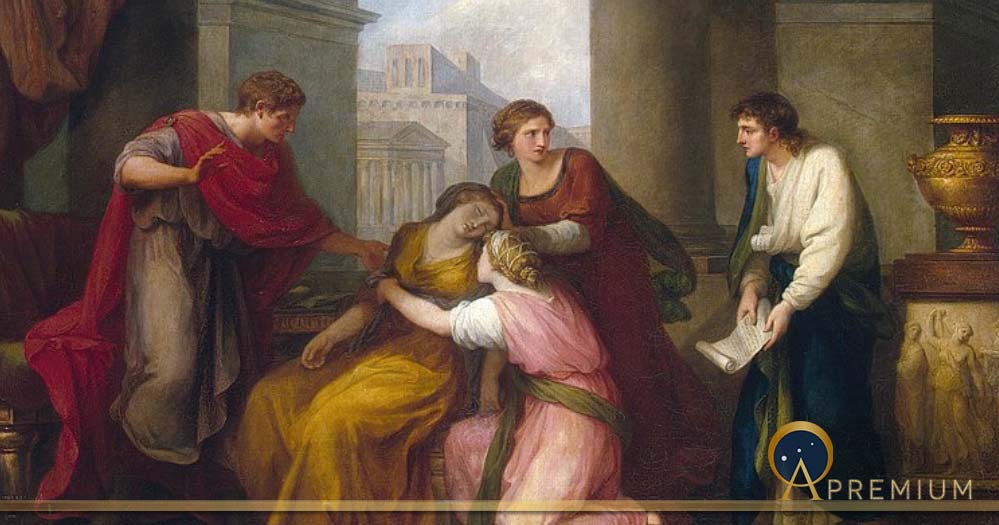How To Empress: First Imperial Women Of Rome
Although the Julian Dynasty of ancient Rome has delivered many examples of powerful and ambitious imperial women, not all of them were meant to become an empress. The reign of Emperor Augustus alone offered three potential empresses of Rome, four if one includes his daughter Julia. In the end Livia Drusilla was the lucky one to assume the coveted title and was recognized as the first empress of the Julian Dynasty, but the other women in Augustus’ life were no less interesting.
In his 40-year rule, Augustus consolidated control in the provinces. He also annexed new lands in Europe and Asia Minor and forged alliances that effectively extended his realm's control. Although this took him away from Rome for a significant amount of time, he also managed to establish a system of censuses and taxes that covered the entire empire, build a new forum, establish the Praetorian Guard, and found the Roman postal service. He also improved the Roman road system and installed departments for police and fire protection.

Fresco paintings inside the House of Augustus, his residence during his reign as emperor (Cassius Ahenobarbus / CC BY-SA 3.0)
Women played an important role in Augustus’ private life and in his rule, even before he became emperor. After Julius Caesar’s assassination, Octavian (later Augustus) joined forces with Mark Antony and Lepidus to form the second triumvirate – the first triumvirate being an alliance between Julius Caesar, Marcus Licinius Crassus, and Gnaeus Pompeius Magnus. Being the only bachelor of the trio, Octavian was well-positioned to strengthen his alliance even further with either Marc Antony or Lepidus through marriage. Antony's wife Fulvia offered her daughter Clodia Pulchra to Octavian as his wife to cement this new political alliance. For this same reason, Lepidus also offered Servilia, his wife's niece, for Octavian to wed. Given these options, Octavian chose Clodia Pulchra, daughter of Fulvia and stepdaughter of Mark Antony as his wife. Octavian would go on to be married three times in his life.

Clodia Pulchra was the daughter of Fulvia (later wife of Mark Antony) and her first husband Publius Clodius Pulcher (Public Domain)
Clodia Pulchra: Her Mother’s Daughter
Mark Antony was Fulvia’s third husband. Clodia Pulchra was Fulvia's daughter from her first husband, Publius Clodius Pulcher, who was descended from the gens Claudia, one of Rome's oldest and most illustrious aristocratic families. Her mother Fulvia was the heiress of the Sempronii, another of the oldest elite families in ancient Rome, and the Fulvii, one of the most outstanding Republican plebeian affluent families in Rome.
Like this Preview and want to read on? You can! JOIN US THERE ( with easy, instant access ) and see what you’re missing!! All Premium articles are available in full, with immediate access.
For the price of a cup of coffee, you get this and all the other great benefits at Ancient Origins Premium. And - each time you support AO Premium, you support independent thought and writing.
Martini Fisher is an Ancient Historian and author of many books, including "Time Maps: Evolution of Language and Writings” / Check out MartiniFisher.com
Top Image: Virgil Reading the Aeneid to Emperor Augustus and his wife Livia with his daughter Julia present by Angelica Kauffmann (1788) Hermitage Museum (Public Domain)
By: Martini Fisher

















